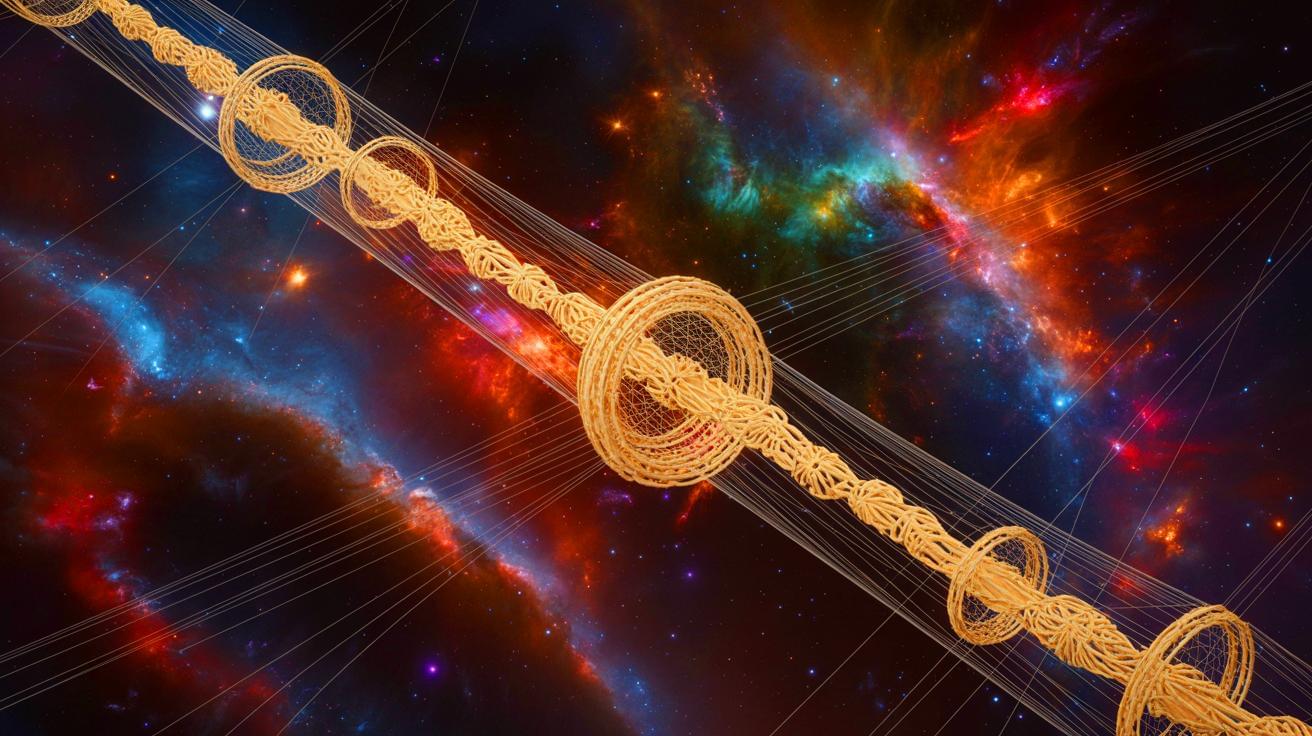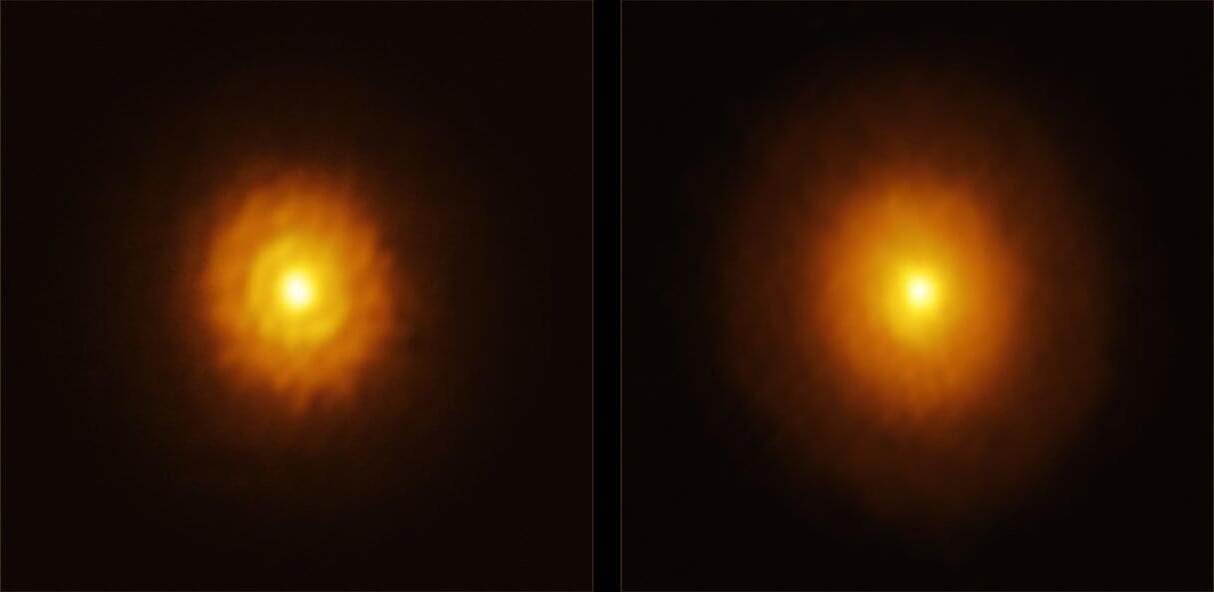NASA research has shown that cell-like compartments called vesicles could form naturally in the lakes of Saturn’s moon Titan.
Titan is the only world apart from Earth that is known to have liquid on its surface. However, Titan’s lakes and seas are not filled with water. Instead, they contain liquid hydrocarbons like ethane and methane.
On Earth, liquid water is thought to have been essential for the origin of life as we know it. Many astrobiologists have wondered whether Titan’s liquids could also provide an environment for the formation of the molecules required for life—either as we know it or perhaps as we don’t know it—to take hold there.








